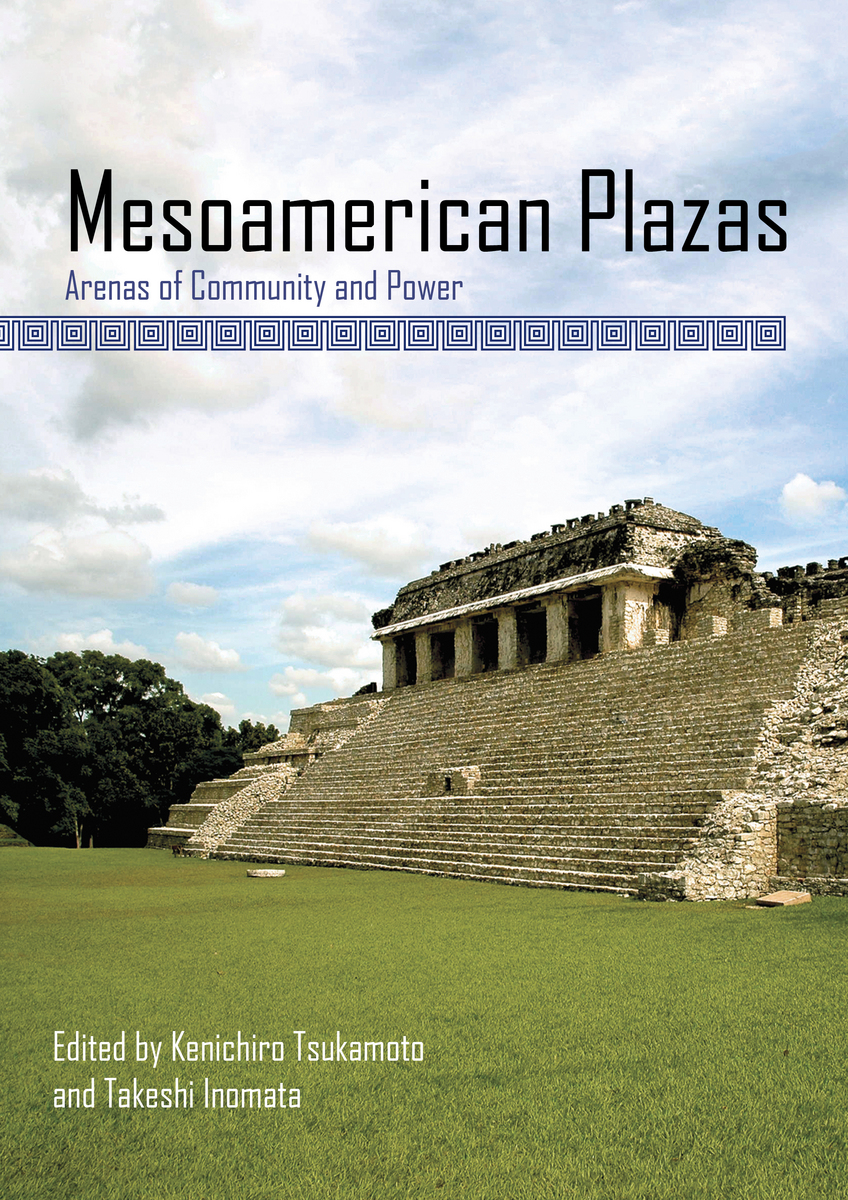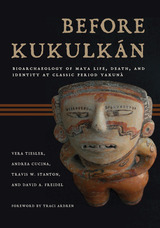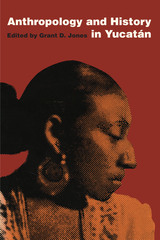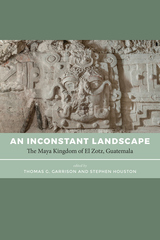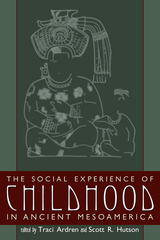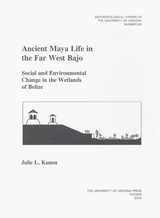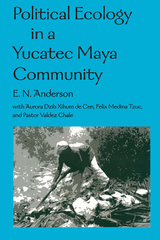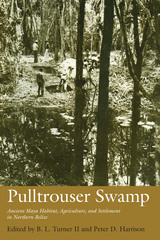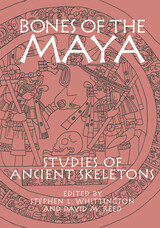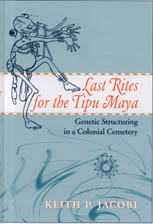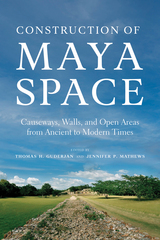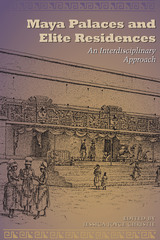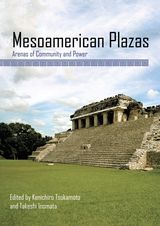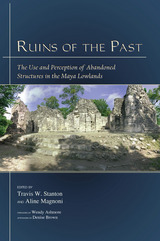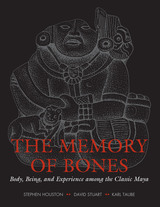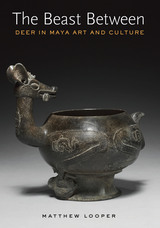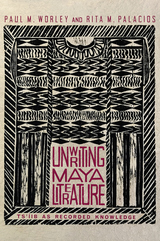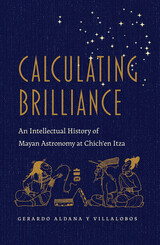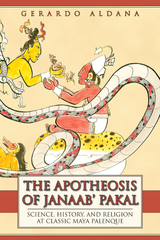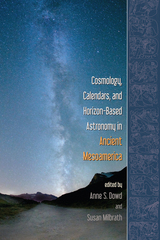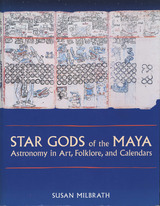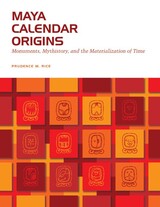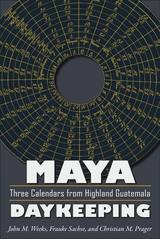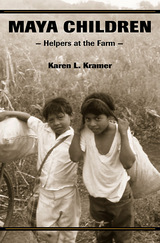Mesoamerican Plazas: Arenas of Community and Power
University of Arizona Press, 2014
Cloth: 978-0-8165-3058-8 | Paper: 978-0-8165-3246-9 | eISBN: 978-0-8165-9879-3 (standard)
Library of Congress Classification F1435.3.A6M49 2014
Dewey Decimal Classification 711.550972
Cloth: 978-0-8165-3058-8 | Paper: 978-0-8165-3246-9 | eISBN: 978-0-8165-9879-3 (standard)
Library of Congress Classification F1435.3.A6M49 2014
Dewey Decimal Classification 711.550972
ABOUT THIS BOOK | AUTHOR BIOGRAPHY | REVIEWS | TOC
ABOUT THIS BOOK
Until now, archaeological and historical studies of Mesoamerican plazas have been scarce compared to studies of the surrounding monumental architecture such as pyramidal temples and palaces. Many scholars have assumed that ancient Mesoamericans invested their labor, wealth, and symbolic value in pyramids and other prominent buildings, viewing plazas as by-products of these buildings. Even when researchers have recognized the potential significance of plazas, they have thought that plazas as vacant spaces could offer few clues about their cultural and political roles. Mesoamerican Plazas challenges both of these assumptions.
The primary question that has motivated the contributors is how Mesoamerican plazas became arenas for the creation and negotiation of social relations and values in a community. The thirteen contributions stress the significance of interplay between power relations and embodied practices set in specific historical and material settings, as outlined by practice theory and performance theory. This approach allows the contributors to explore broader anthropological issues, such as the negotiation of power relations, community making, and the constitution of political authorities.
Overall, the contributions establish that physical interactions among people in communal events were not the outcomes of political machinations held behind the scenes, but were the actual political processes through which people created, negotiated, and subverted social realities. If so, spacious plazas that were arguably designed for interactions among a large number of individuals must have also provided critical arenas for the constitution and transformation of society.
The primary question that has motivated the contributors is how Mesoamerican plazas became arenas for the creation and negotiation of social relations and values in a community. The thirteen contributions stress the significance of interplay between power relations and embodied practices set in specific historical and material settings, as outlined by practice theory and performance theory. This approach allows the contributors to explore broader anthropological issues, such as the negotiation of power relations, community making, and the constitution of political authorities.
Overall, the contributions establish that physical interactions among people in communal events were not the outcomes of political machinations held behind the scenes, but were the actual political processes through which people created, negotiated, and subverted social realities. If so, spacious plazas that were arguably designed for interactions among a large number of individuals must have also provided critical arenas for the constitution and transformation of society.
See other books on: Arenas | Community | Indian architecture | Maya architecture | Plazas
See other titles from University of Arizona Press
